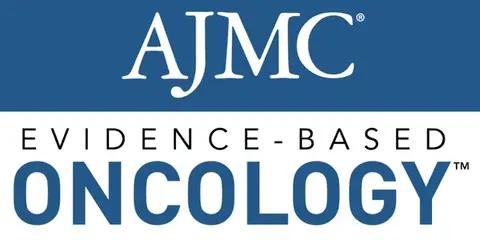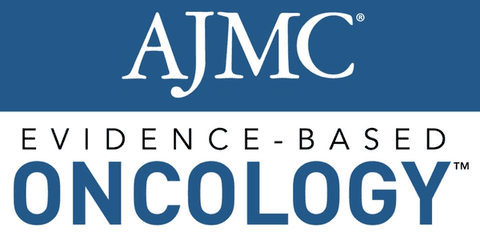Article
Improving Value Frameworks and Guiding Them to Maturity
Author(s):
With costs of care being more closely scrutinized, there has been a proliferation of value frameworks to help guide decision making for treatments. In a blog post for Health Affairs, Robert W. Dubois, MD, PhD, and Kimberly Westrich, MA, both of the National Pharmaceutical Council, provide possible considerations for advancing the field of value frameworks.
With costs of care being more closely scrutinized, there has been a proliferation of value frameworks to help guide decision making for treatments. In a blog post for Health Affairs, Robert W. Dubois, MD, PhD, and Kimberly Westrich, MA, both of the National Pharmaceutical Council (NPC), provide possible considerations for advancing the field of value frameworks.
There are a number of value frameworks currently released, such as the Institute for Clinical and Economic Review’s Value Assessment Framework, Memorial Sloan-Kettering Cancer Center’s DrugAbacus, and the National Comprehensive Cancer Network’s Evidence Blocks. Each framework has strengths and limitations with opportunities to improve. However, importantly, they are all in their infancy. As such, NPC contends that none of them are ready to support decision making.
“Despite this lack of full maturity, some of these frameworks are operating, de facto, to influence health care decision making, and the demand that has fueled their development is unlikely to abate in an increasingly value-conscious environment,” Dubois and Westrich wrote. “It is essential, therefore, that stakeholders also demand the necessary improvements to these frameworks, and that their developers respond promptly and accordingly.”
Dubois and Westrich provided key considerations for improving value frameworks:
- Assessments of value should be separate from assessments of budget impact and affordability
- Value assessments should incorporate what is important to patients, even if the end user for a framework is the payer
- Value assessments should adopt broad system perspectives in what they assess and how they assess it
- Value is dynamic and needs to be considered and captured as such
- Value assessments should be transparent and reproducible
- A diversity of value assessment approaches that reflect the different needs of stakeholders should remain; value assessments should reflect user preference
- Insurance reform is needed along with improvements in value assessment frameworks so that patients can gain access to high-value services with low-value services discouraged
Innovation in healthcare delivery will be guided by value-based payment models, and value frameworks need to accurately reflect what patients value and what a society desires, argued Dubois and Westrich.
“It is critical that the means of value assessment be up to the challenge,” they concluded. “Pursuing the points of improvement presented above could help to meet that challenge.”





